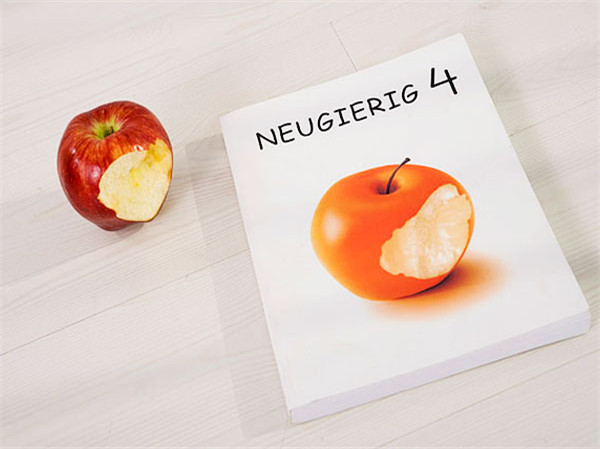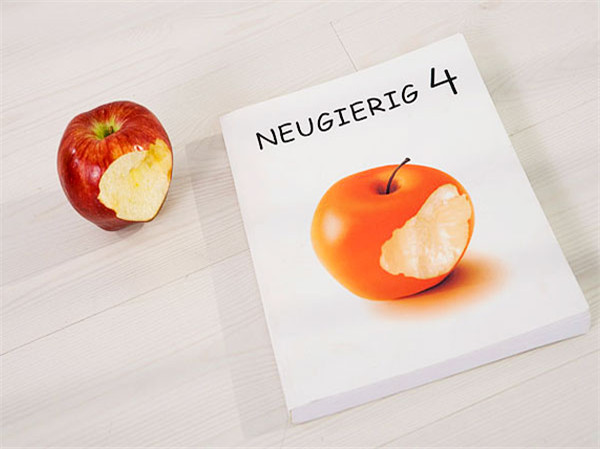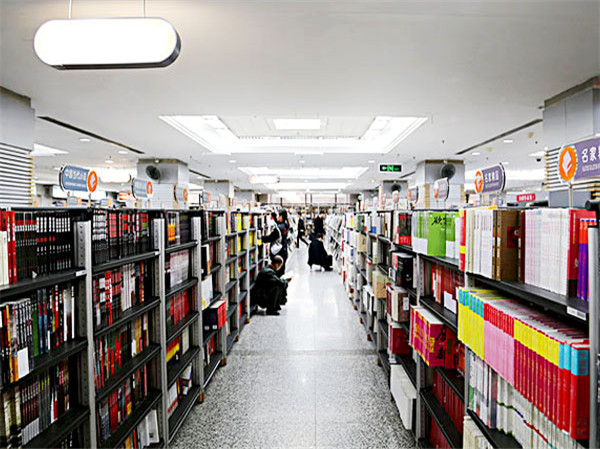现在大家在进行托福备考时官方真题Official托福模考软件相信是大家用的最多的工具了,对于托福成绩的提升是非常有帮助的。托福听力可以说是整个托福考试当中比较重要的一个部分,如何利用现有资料官方真题Official模考软件来提升大家的托福成绩呢?今天小编在这里整理了官方真题Official10托福阅读Passage3原文文本+题目+答案解析来分享给大家,希望对大家托福听力备考有帮助。

官方真题Official10托福阅读Passage3原文文本
Seventeenth-Century European Economic Growth
In the late sixteenth century and into the seventeenth, Europe continued the growth that had lifted it out of the relatively less prosperous medieval period (from the mid 400s to the late 1400s). Among the key factors behind this growth were increased agricultural productivity and an expansion of trade.
Populations cannot grow unless the rural economy can produce enough additional food to feed more people. During the sixteenth century, farmers brought more land into cultivation at the expense of forests and fens (low-lying wetlands). Dutch land reclamation in the Netherlands in the sixteenth and seventeenth centuries provides the most spectacular example of the expansion of farmland: the Dutch reclaimed more than 36.000 acres from 1590 to 1615 alone.
Much of the potential for European economic development lay in what at first glance would seem to have been only sleepy villages. Such villages, however, generally lay in regions of relatively advanced agricultural production, permitting not only the survival of peasants but also the accumulation of an agricultural surplus for investment. They had access to urban merchants, markets, and trade routes.
Increased agricultural production in turn facilitated rural industry, an intrinsic part of the expansion of industry. Woolens and textile manufacturers, in particular, utilized rural cottage (in-home) production, which took advantage of cheap and plentiful rural labor. In the German states, the ravages of the Thirty Years' War (1618-1648) further moved textile production into the countryside. Members of poor peasant families spun or wove cloth and linens at home for scant remuneration in an attempt to supplement meager family income.
More extended trading networks also helped develop Europe's economy in this period. English and Dutch ships carrying rye from the Baltic states reached Spain and Portugal. Population growth generated an expansion of small-scale manufacturing, particularly of handicrafts, textiles, and metal production in England, Flanders, parts of northern Italy, the southwestern German states, and parts of Spain. Only iron smelting and mining required marshaling a significant amount of capital (wealth invested to create more wealth).
The development of banking and other financial services contributed to the expansion of trade. By the middle of the sixteenth century, financiers and traders commonly accepted bills of exchange in place of gold or silver for other goods. Bills of exchange, which had their origins in medieval Italy, were promissory notes (written promises to pay a specified amount of money by a certain date) that could be sold to third parties. In this way, they provided credit. At mid-century, an Antwerp financier only slightly exaggerated when he claimed, “0ne can no more trade without bills of exchange than sail without water." Merchants no longer had to carry gold and silver over long, dangerous journeys. An Amsterdam merchant purchasing soap from a merchant in Marseille could go to an exchanger and pay the exchanger the equivalent sum in guilders, the Dutch currency. The exchanger would then send a bill of exchange to a colleague in Marseille, authorizing the colleague to pay the Marseille merchant in the merchant's own currency after the actual exchange of goods had taken place.
Bills of exchange contributed to the development of banks, as exchangers began to provide loans. Not until the eighteenth century, however, did such banks as the Bank of Amsterdam and the Bank of England begin to provide capital for business investment. Their principal function was to provide funds for the state.
The rapid expansion in international trade also benefitted from an infusion of capital, stemming largely from gold and silver brought by Spanish vessels from the Americas. This capital financed the production of goods, storage, trade, and even credit across Europe and overseas. Moreover an increased credit supply was generated by investments and loans by bankers and wealthy merchants to states and by joint-stock partnerships—an English innovation (the first major company began in 1600). Unlike short-term financial cooperation between investors for a single commercial undertaking, joint-stock companies provided permanent funding of capital by drawing on the investments of merchants and other investors who purchased shares in the company.
查看官方真题Official10托福阅读Passage3的题目请进入下一页→→→
相关推荐
-
托福考试不小心按取消了怎么办
2025-03-20![托福考试不小心按取消了怎么办]()
-
最多考几次托福能过
2024-12-24![最多考几次托福能过]()
-
托福到底能考多少分?19年必练真题告诉你答案
APP专享![托福到底能考多少分?19年必练真题告诉你答案]()
-
有多少词汇量才可以参加托福
2024-12-03![有多少词汇量才可以参加托福]()
-
【官方真题Official托福阅读】官方真题Official3托福阅读词汇真题练习——pales&significance
2015-11-19![【官方真题Official托福阅读】官方真题Official3托福阅读词汇真题练习——pales&significance]()
-
【托福听力备考】官方真题Official听力高频词汇——文学讲座学科词汇汇总
2015-11-06![【托福听力备考】官方真题Official听力高频词汇——文学讲座学科词汇汇总]()
-
【官方真题Official托福阅读】官方真题Official3托福阅读词汇真题练习——ensuing&initial
2015-11-19![【官方真题Official托福阅读】官方真题Official3托福阅读词汇真题练习——ensuing&initial]()
-
【官方真题Official托福模考】官方真题Official4托福阅读词汇真题练习 adjacent&nearby
2015-12-04![【官方真题Official托福模考】官方真题Official4托福阅读词汇真题练习 adjacent&nearby]()
-
官方真题Official5托福阅读词汇真题练习——promote&complicate
2015-12-09![官方真题Official5托福阅读词汇真题练习——promote&complicate]()
-
官方真题Official5托福阅读词汇真题练习——afford&offer
2015-12-09![官方真题Official5托福阅读词汇真题练习——afford&offer]()
-
官方真题Official5托福阅读词汇真题练习——overwhelm&powerful
2015-12-09![官方真题Official5托福阅读词汇真题练习——overwhelm&powerful]()
-
官方真题Official4托福阅读词汇真题练习——rebound&decline
2015-12-04![官方真题Official4托福阅读词汇真题练习——rebound&decline]()
-
【官方真题Official托福阅读】官方真题Official3托福阅读词汇真题练习——adjacent&neighbor
2015-11-19![【官方真题Official托福阅读】官方真题Official3托福阅读词汇真题练习——adjacent&neighbor]()
-
【托福阅读备考】官方真题Official1托福阅读词汇真题练习——championed&attributes
2015-11-09![【托福阅读备考】官方真题Official1托福阅读词汇真题练习——championed&attributes]()
-
【托福听力提分】有效使用托福听力官方真题Official的4个阶段详解
2015-10-28![【托福听力提分】有效使用托福听力官方真题Official的4个阶段详解]()
-
【考托写作资料】小站独家深度解析官方原题Official32——综合写作 Reading
2014-06-13![【考托写作资料】小站独家深度解析官方原题Official32——综合写作 Reading]()
-
【官方真题Official托福阅读】官方真题Official3托福阅读词汇真题练习——arduous&difficult
2015-11-19![【官方真题Official托福阅读】官方真题Official3托福阅读词汇真题练习——arduous&difficult]()
-
【托福听力备考】官方真题Official听力高频词汇——建筑讲座学科词汇汇总
2015-11-06![【托福听力备考】官方真题Official听力高频词汇——建筑讲座学科词汇汇总]()
-
官方真题Official5托福阅读词汇真题练习——implement&skill
2015-12-09![官方真题Official5托福阅读词汇真题练习——implement&skill]()
-
【官方真题Official托福阅读】官方真题Official3托福阅读词汇真题练习——inevitable&final
2015-11-19![【官方真题Official托福阅读】官方真题Official3托福阅读词汇真题练习——inevitable&final]()
-
【托福阅读备考】官方真题Official1托福阅读词汇真题练习——plugged&washed
2015-11-09![【托福阅读备考】官方真题Official1托福阅读词汇真题练习——plugged&washed]()
定制专属课程规划
领取成功
添加助教,定制你的专属课程规划

每日提分任务
专业提分资料
全程督学答疑























